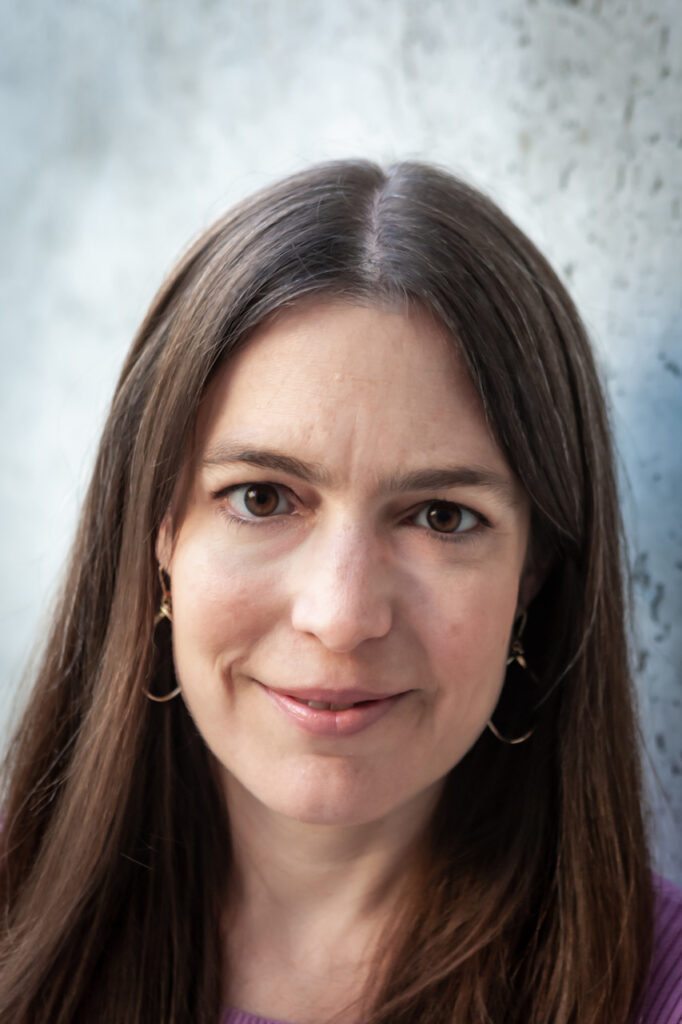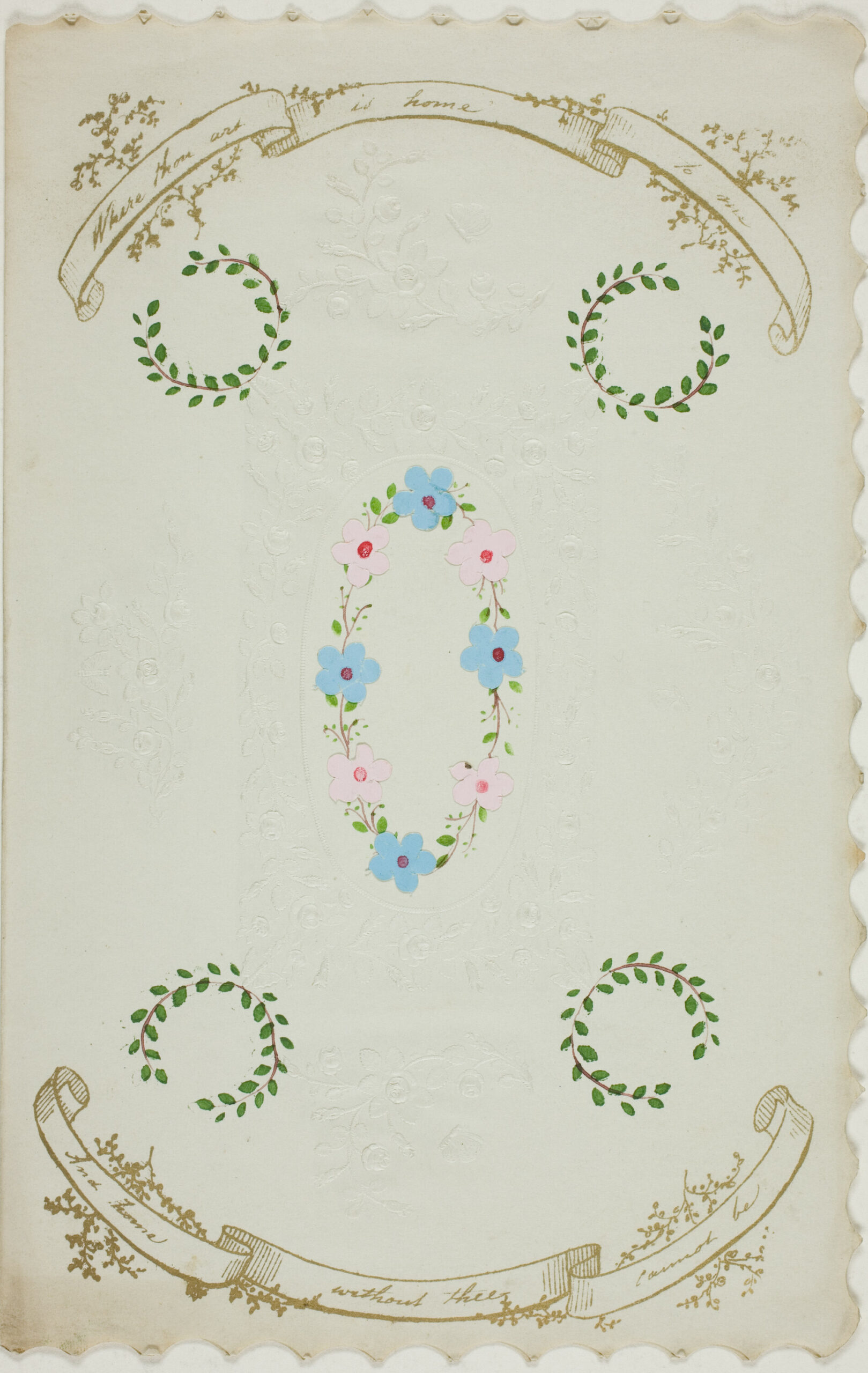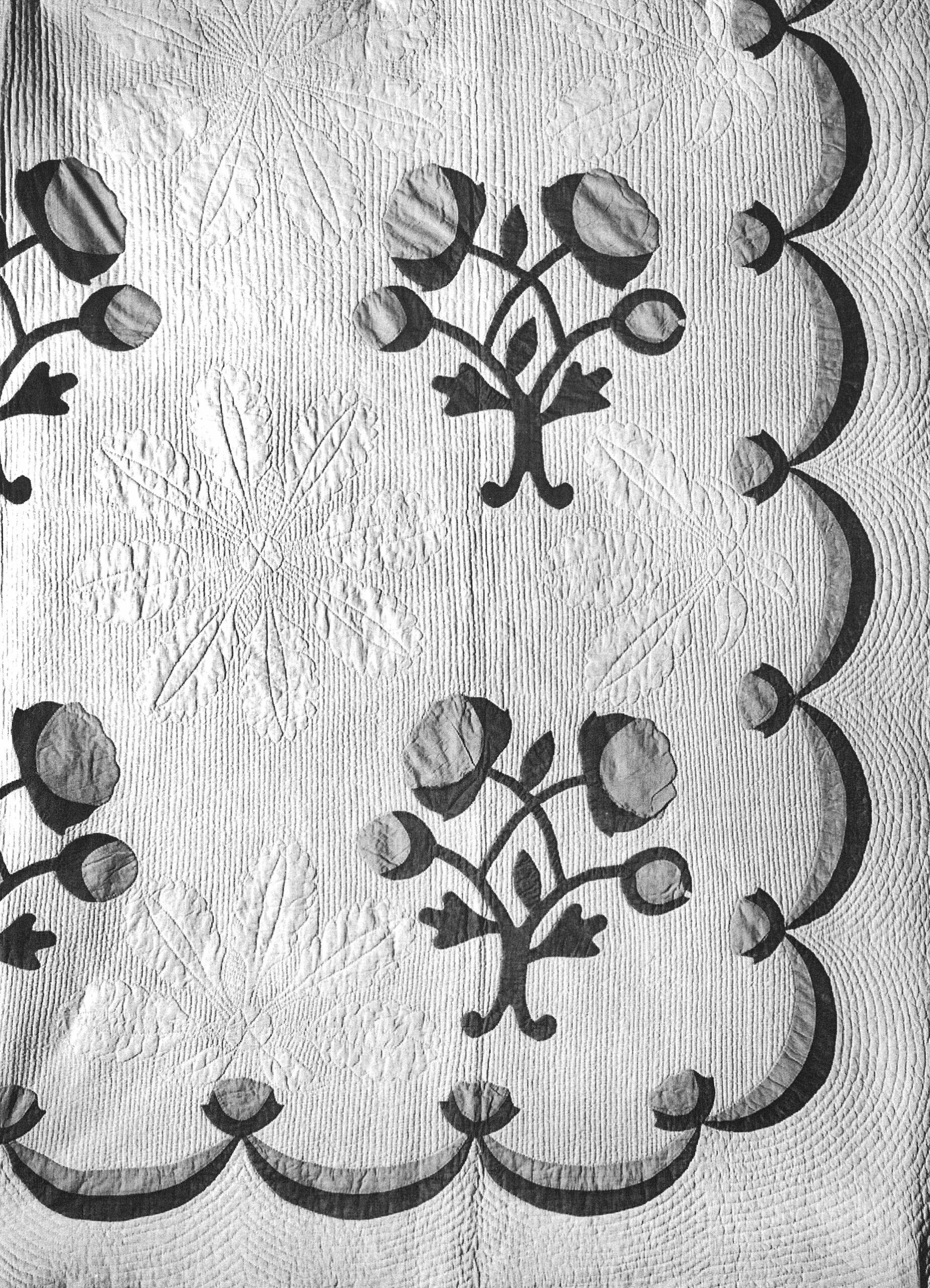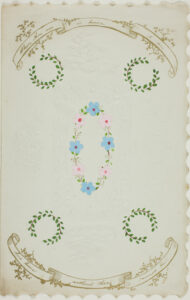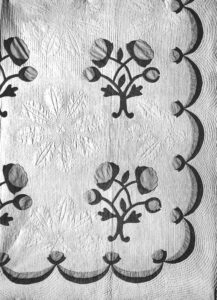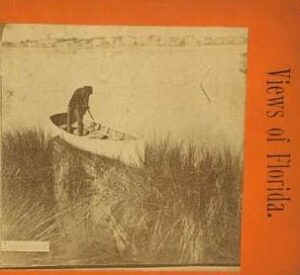Big Break: A Multiple-Choice Test
Sandra Beasley
1) An email invites me to audition for a feature on “rising young poets” in a fancy magazine. I have a book coming out six months from now. The first person I should tell this news is:
A) My publicist, who assures me that this is the kind of mainstream coverage that could be my book’s big break.
B) My drinking company for the evening, an Alabama-born writer who, weirdly, was once himself on the cover of Sports illustrated.
C) My mother, who reads said fancy magazine regularly.
D) No one, because the invitation suggests I “stop by” for my interview—no guarantees—and I’m currently 1,150 miles from their offices in New York City.
2) Back home in Washington, DC, I’m encouraged by a second email that says I’m strongly in the running. The Bookings Editor asks for sentences describing my personal and poetic styles. I labor over their phrasing. This is a test, I tell myself, and I’m good at tests. I simply have to make the right choices. A train ticket later, I “just happen” to be in Manhattan. The key moment of my interview will be:
A) The blank spot on the form for my height.
B) The blank spot on the form for my weight.
C) Blank spots on the form for my bust, waist, and hip measurements.
D) A blank square for a Polaroid shot, to be Scotch-taped in, of a writer wondering when she is going to sit down for her interview.
3. I’m asked to keep two days open in the coming week. The night before I’m set to return to New York, my father calls. He thinks Amtrak will cancel trains in the bad weather. He offers to drive. A seven-hour, clenched-teeth journey up the icy straits of the New Jersey Turnpike gets us to a Newark hotel, and I face-plant into a bedspread that smells like onions.
After a few hours’ sleep, I put on my power outfit, the strength of which lies in:
A) A tomato-red circle skirt, knee-length, with black velvet trim and a beaded flower appliqué.
B) A chenille knit sweater that sits off the shoulder.
C) High heels that extend my 5’4” height.
D) A figure-maximizing black bra and underwear set.
4. Which of the following is least useful when trying on sample sizes that don’t zip?
A) A tomato-red circle skirt, folded and set aside.
B) A chenille knit sweater, balled up.
C) High heels that get swapped out for slippers.
D) A figure-maximizing black bra and underwear set.
5. I shiver behind a curtain fashioned into a makeshift dressing room, attempting to stuff my breasts into a flesh-toned 34B from their pile of strapless bras. The dress’s spaghetti straps flop over my shoulders, and my black panties glower through several tiers of pink chiffon. Outside, the stylist is readying a suede jacket. Assistants wait with clipboard and clothespins. I touch my dangling earrings, silver and obsidian. I should:
A) Leave them in, as the last vestige of my power outfit.
B) Take them out, because they don’t match.
C) Leave them. What doesn’t match a ballerina-cum-cowboy concept?
D) Take them out, uneasy with their pendulous weight, then give my breasts a resentful squeeze and wish they fit into the shelf of the dress’s bodice. What was the phrase Sylvia Plath used? Cow-heavy and floral.
6. On the 36th floor of the Hearst Tower, the stylist asks if I play piano. No, I say, but interesting that you’d ask, because I have a poem about that—
They sent me that one, she says. She does not elaborate. Then she asks, Have you published anything? My heart drops. Isn’t that why they’ve asked me to be here?
On the 36th floor of the Hearst Tower, which of the following will be uttered:
A) “Isn’t this fun? Like going shopping, except you don’t have to pay.”
B) “She has nice legs. Put her in something short to show off the legs.”
C) “I wrote a book, too.”
D) “Oh, that’s actually quite flattering! Look at that. Let’s get a three-quarter of that one.”
7. Waiting for the phone call that determines whether we rent a hotel room for the next day’s shoot, one should pass the time by consuming:
A) A hot toddy.
B) Two hot toddies, hold the tea, honey, and lemon.
C) Miso soup. Stick to liquids.
D) Three deluxe maki rolls because you’re goddamn starving.
8. At 8:30 PM, as our car idles along 57th Street, I give in and call.
We won’t need you tomorrow, the Bookings Editor says.My father turns the car onto the Henry Hudson Parkway, then into the Battery Tunnel. Four hours later, we pull up outside my apartment. What happens next will be:
A) My dad waves off my apologies.
B) My mother takes the magazine off her living room table.
C) My publicist asks that I please, please, never write about this.
D) Six months from now, I’ll have dieted away fifteen pounds, which is to say: 12% of myself.
How to Score the Results:
When the April issues drops, my fingertips trace over the layout that could have been mine. I remember how the $995 jacket’s fringe swished. The promised poem display consists of stickered words on an adjacent table, whose legs are duned in sand; a single bare bulb hangs above like a suburban moon, and the walls are pink. The look is titled, “Isn’t it Romantic?”
I admire, as the captioning does, how the pale chiffon floats over the other woman’s slender figure.


